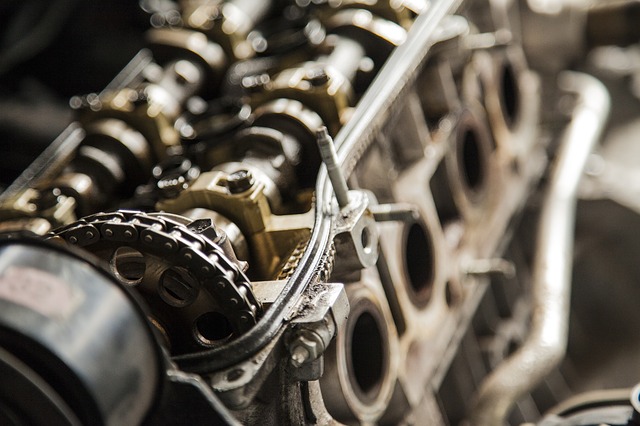
Generators are now a must-have in every rich Pakistani household. If a family can afford to pay for one, they always hasten to buy a generator because of our load-shedding problem. People often wonder whether it's better to have UPS or generator. But we aren't here to talk about that. If you have a generator and you don't remember your university physics lessons, this is the right blog for you. We will briefly explain is laymen's terms the working principle behind a generator. After you are done with this article (in about 10 - 15 minutes), you will receive that kinda information we pay thousands of rupees to get as students.
But this is not some sort of instruction manual for people. You won't be able to repair your generator after reading this. Nobody needs to know how generators works to be able to fix it, in fact. Only professional electrical workers can repair your generator. So, if you are having problems with your electricity-producing device, just give us a message. Your personal electrical solution is one call away. Kam Kaj will provide you with the best electrical service you can get in Pakistan.
Well, let's move on to the physics behind generators.
Do generators create electricity?
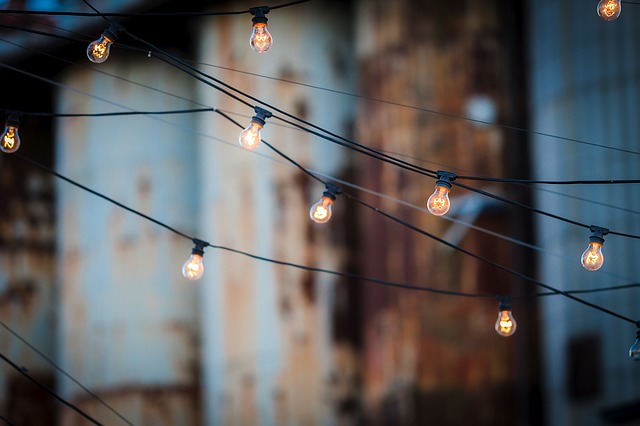
We believe that a more appropriate formation of this query would be: Is electricity created? The answer would be in affirmative. Yes, we do create/produce/generate electricity. But what is electricity? It is the movement of electrons. In other words, the flow of electric charge held by electrons is called electricity. So, we don't create electrons. We simple enable them to transfer their energy to other electrons.
Just look it the way your ceiling fan works. The ceiling fan doesn't produce air. It merely makes it flow and reach you with greater velocity (speed). Or when you are playing cricket and the batsman hits the ball, he's not creating any energy to make the ball cross the ground. He is simply transferring his bodily energy into the ball through his bat. Generators also make electric energy move.
If you still remember the most important law in physics: Energy can neither be created nor be destroyed but can be converted from one form into another. It is this great principle of the immortality of energy that we use in generators. Now, we can move on to the next chapter.
What is a generator?
A generator generates electricity by converting mechanical energy into electrical energy. As we have seen, energy can be converted into some other shape. Conversion of energy is a very basic topic for a science student. It's quite common for us humans to do. Our body is constantly converting the chemical energy in our food into mechanical one. That's how we move. Sun converts nuclear energy into thermal energy so we get heat and light. When you talk to someone on Skype, the fiber optic cables transmit electric signals as light energy.
Generators also work on the same principle. It does the complete opposite of an electric motor. A motor changes electricity into mechanical work. You give it power and it starts swirling on its axis. But generator does the reverse of it and uses mechanical work to make electricity or bijli. A generator consists of the following parts:
(1) Engine
(2) Alternator
(3) Fuel Tank
(4) Voltage Regulator
(5) Cooling and Exhaust Systems
(6) Lubrication System
(7) Control Panel
(8) Main Assembly
In fact, the alternator (or dynamo) is the actual part of a generator that can be termed as generator is true sense. But we will try to briefly describe the function of each part in this humble blog.
Faraday's Electromagnetic Induction:
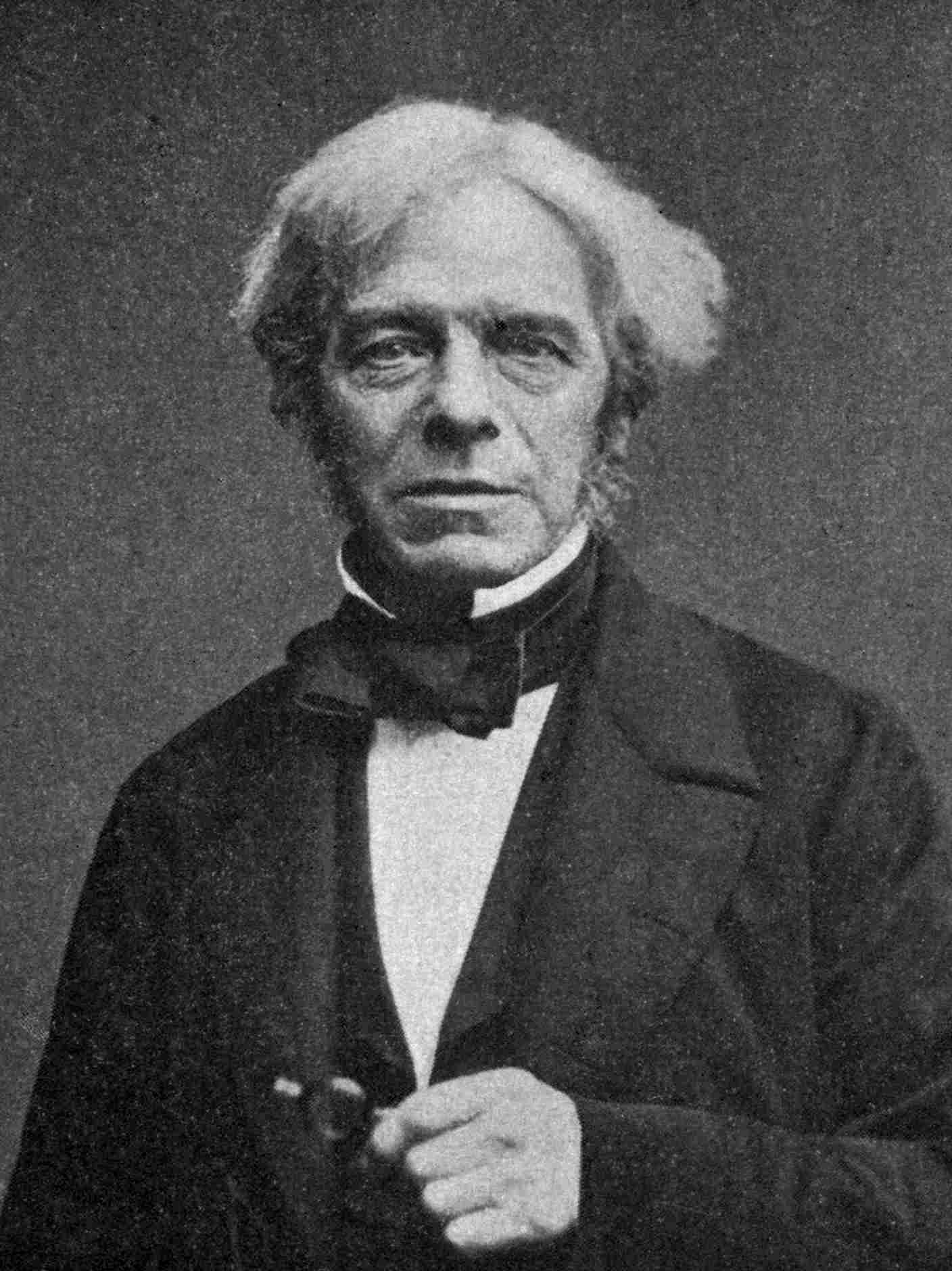
If you have a telephone in your home and you can always be in contact with your long-distance parents, say thanks to its creator A. G. Bell. You have to fly to Dubai urgently and you have boarded an airplane. Pay tribute to the memory of Wright Brothers. You want to read a book and see many copies of it available in a book store. Let it be known that Gutenberg and Caxton deserve your thanks. Similarly, if you are enjoying electricity produced by your generator, Michael Faraday's your guy. He's the man who discovered multiple laws of physics including the concept of electromagnetic induction.
In fact, Oersted had proven in 1819 CE that magnetism could be produced by an electric current. But Faraday demonstrated the principle of alternator (dynamo) otherwise known as an electric generator in 1831 CE.
We've seen that electricity is the flow of electric charge from one place to another. But what is magnetism? Understanding magnetism is much more complex. Electrons in an atom are all negative. Protons carry positive charge. But magnets also come in pairs i.e. north pole and south pole. From the tiniest (subatomic) magnets to massive Black Holes, all magnets are dipole (have two poles). Earth is a giant magnet itself. Its North and South Poles are its magnetic poles. We know that like charges repel and unlike charges attract each other. Similarly, north attracts south but repels north. If you have ever used a compass before, you would know that its needle always point towards North Pole. This shows that our North Pole is actually the southern pole of planet earth.
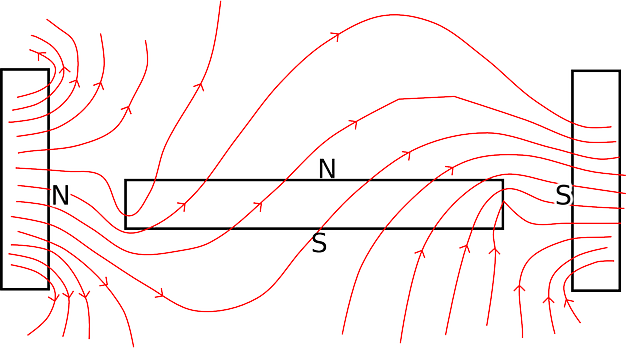
What Michael Faraday did was to discover that electricity can produce magnetism and magnetism can produce electricity. This discovery was very important because we invented generators on its basis. Faraday was just an experimental scientist. He couldn't write down theories so he used to communicate his experimental research with another great physicist of the 19th century: James Clerk Maxwell. Maxwell proved in theory on the basis of Faraday's experiments that electricity and magnetism are interrelated. He showed the relationship of electromagnetism with the speed of light in his famous derivation. This derivation is a part of the course at Applied Physics (University of Karachi).
Faraday found out that if you pass current through a coil, it will produce magnetism. Or if you put a wire loop in a magnetic field and then pass current through it, torque (turning effect) will cause it to move in a circle. If we want continuous motion, we'll have to turn the direction of the current 180 degrees. That's how a motor works. On the other hand, if a wire loop is rotated in a magnetic field, it induces current. Current's direction will reverse and that's how we'll get AC or alternating current. I think that a basic comprehension of Faraday's work is enough for now.
Internal structure of a generator:
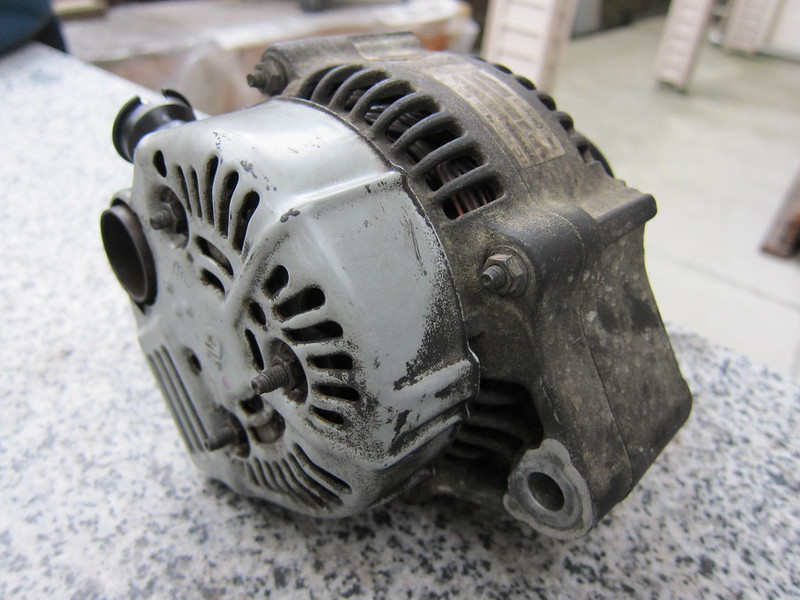
Engine: As we have explained before, a generator has eight basic parts which we're gonna explain briefly here. Engines are of two types: internal combustion ones and external combustion ones. Engines work by converting gas molecules into mechanical energy. Many objects can be used to fuel an engine. They include gasoline, diesel, natural gas, propane, bio-diesel, water, sewage gas, hydrogen & cetera. There are renewable sources and also conventional ones. Larger the engine, more power output you get from it.
Alternator: An alternator/dynamo is an assembly case containing stationary and movable parts. They work together to create electrical energy from mechanical one. Stationary parts are called stators. Rotors or armatures are movable. The job of the armature is to create a rotational magnetic field around the stator by any of following three ways: (i) induction (ii) permanent magnets or (iii) excitation. This field helps stator develop low potential at one end and high at the other one. Due to potential difference (called voltage in electronics), AC starts to flow.
Fuel Tank: It stores all the fuel the generator needs to consume for the production of electricity. It also has the system to pump the fuel to the engine.
Voltage regulator: Voltage regulation is important to maintain the level of voltage in the desires spectrum. First, the regulator takes a small portion of the generator's AC output and converts it into DC. Then exciter windings turn this DC output back into AC. Rectifiers turn AC back into DC which is then fed to armature for its final conversion into AC. This AC is transmitted by rotor and helps generator produce more electricity. Regulator keeps reproducing AC until the generator has reached its limit.
Cooling and exhaust systems: They help maintain the temperature of the generator under control. They cool down extra heat and keep the machine from getting overheated. Exhaust is used to excrete the harmful gases produced by the generator.
Lubrication system: To save generator parts from getting rough, we need to constantly lubricate them. Specially if you don't have a brushless generator, it is necessary to lubricate its brushes and other movable parts.
Control panel: We can control different processes in the generator by the help of a control panel. It has switches, buttons and levers to give various commands or check the function of the machine.
Main assembly: You can call it the frame of the machine. All generators have customized housings that give its structure some sort of base support. The frame also allows us to earth the generator.
Conclusion
Kam Kaj is proud of our values customers who trust our services. We provide them with well-trained, background-checked and experienced workers. Professionals of many fields are available at one call via Kam Kaj. If you want to have your generator repaired, allow Kam Kaj to help you. Our technicians and electricians will satisfy you with their professionalism and integrity.
























Let Us know thoughts!
Your email address & phone will no be published. Required fields are marked*